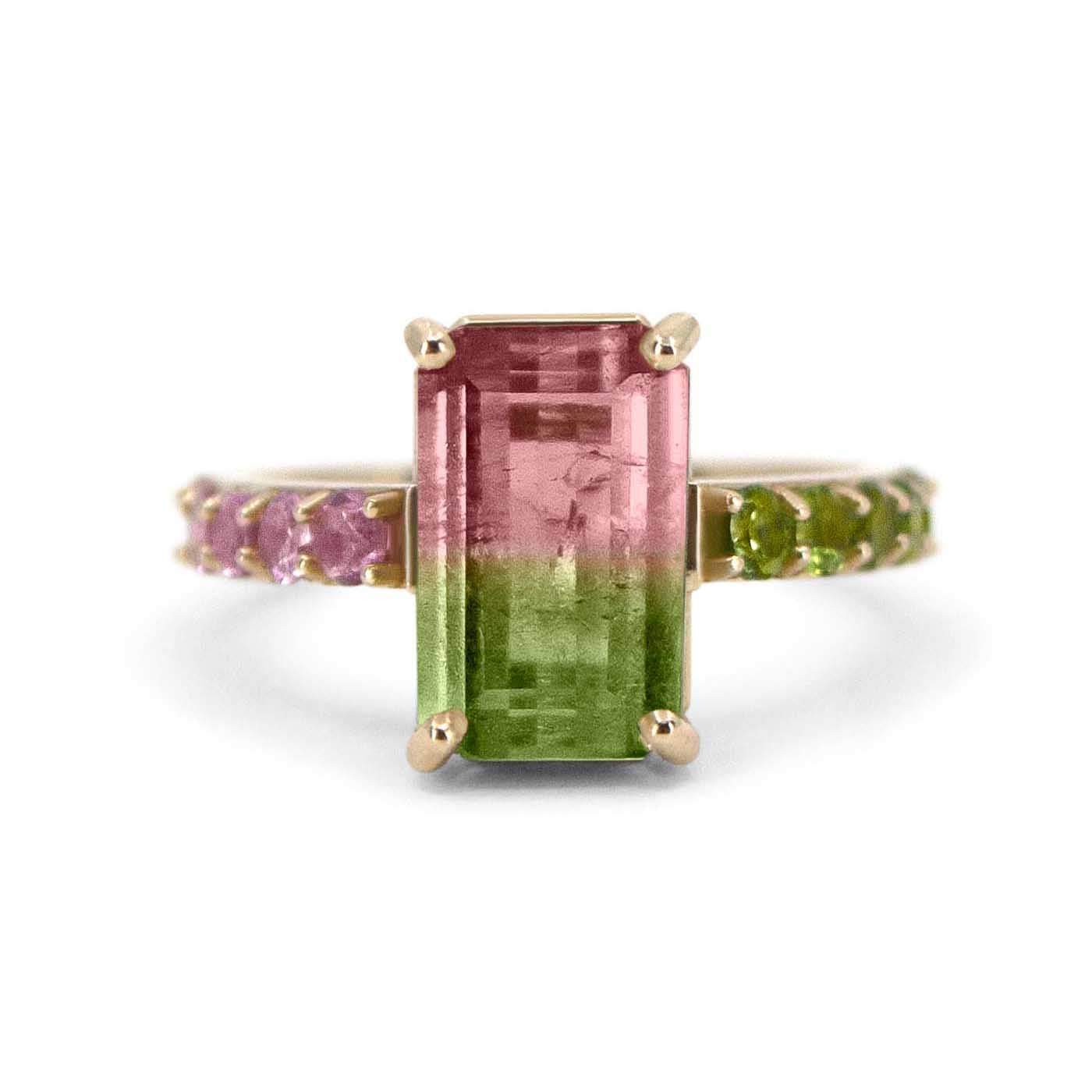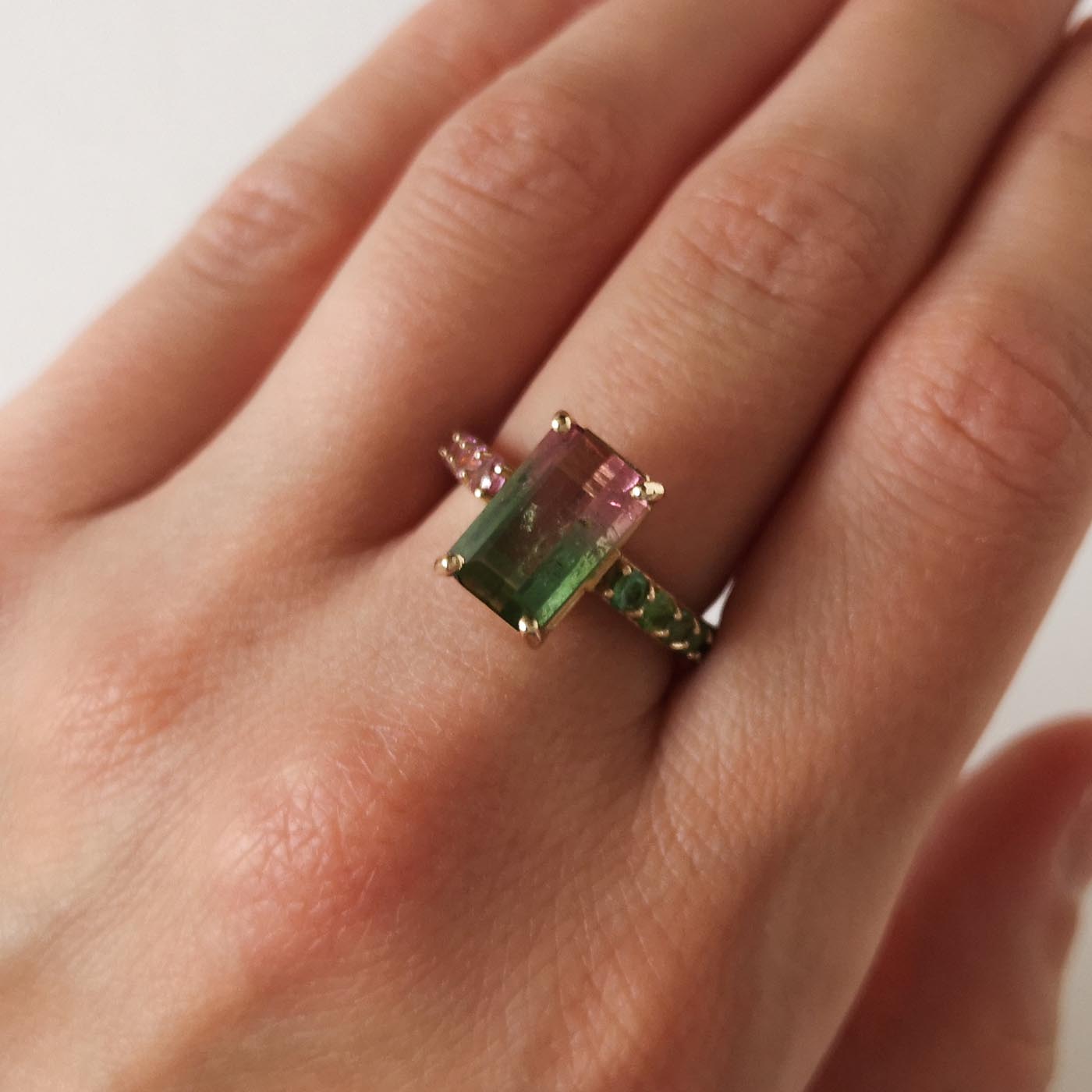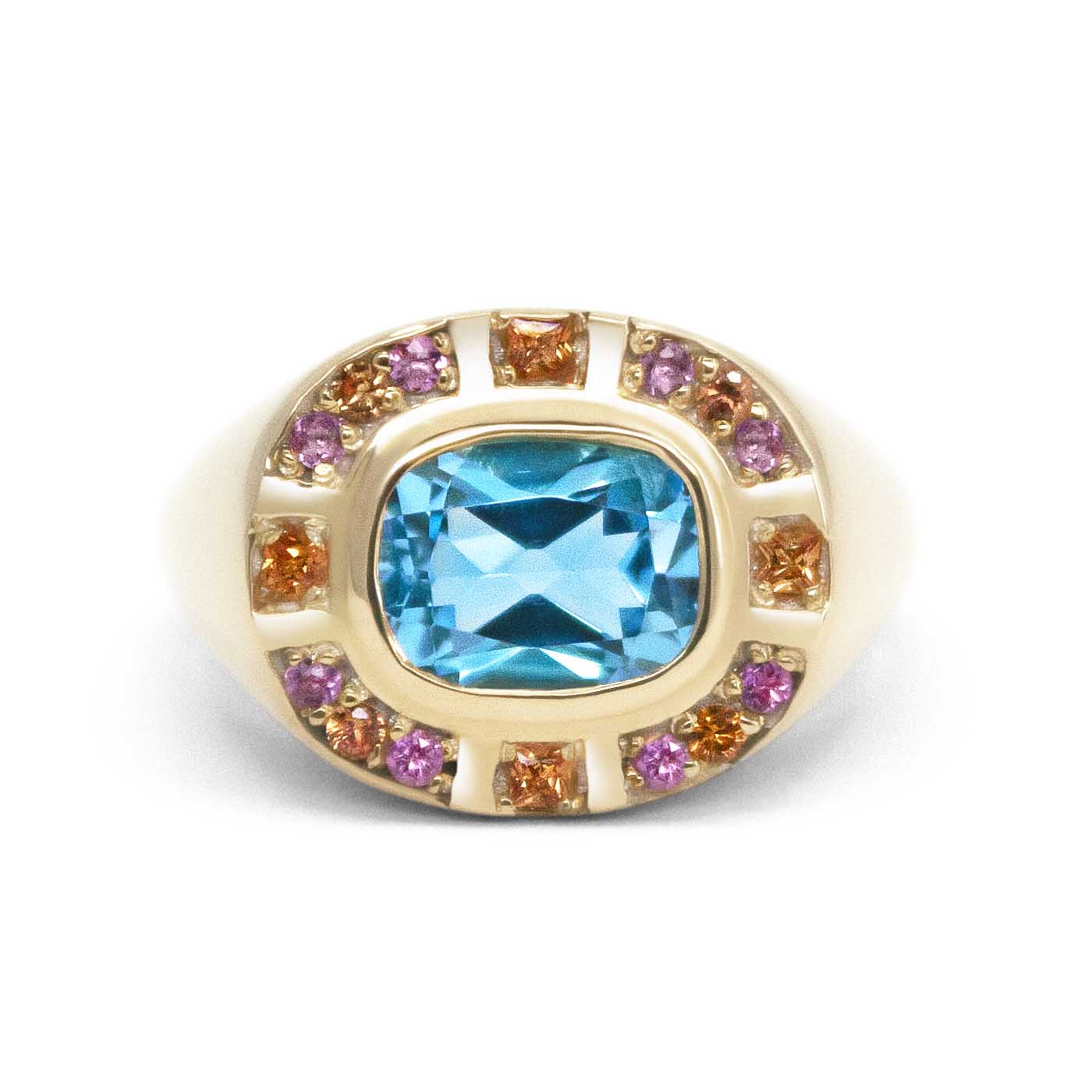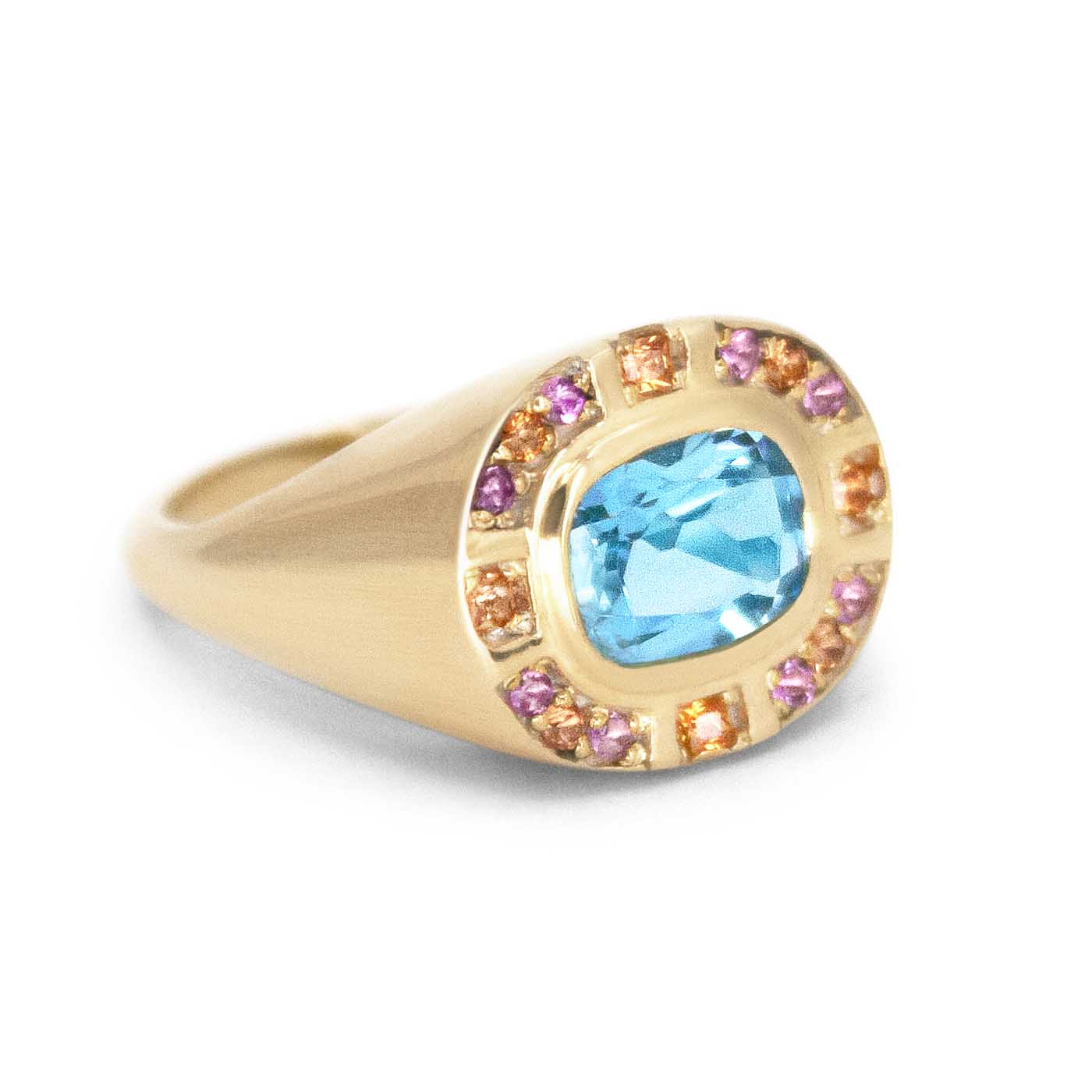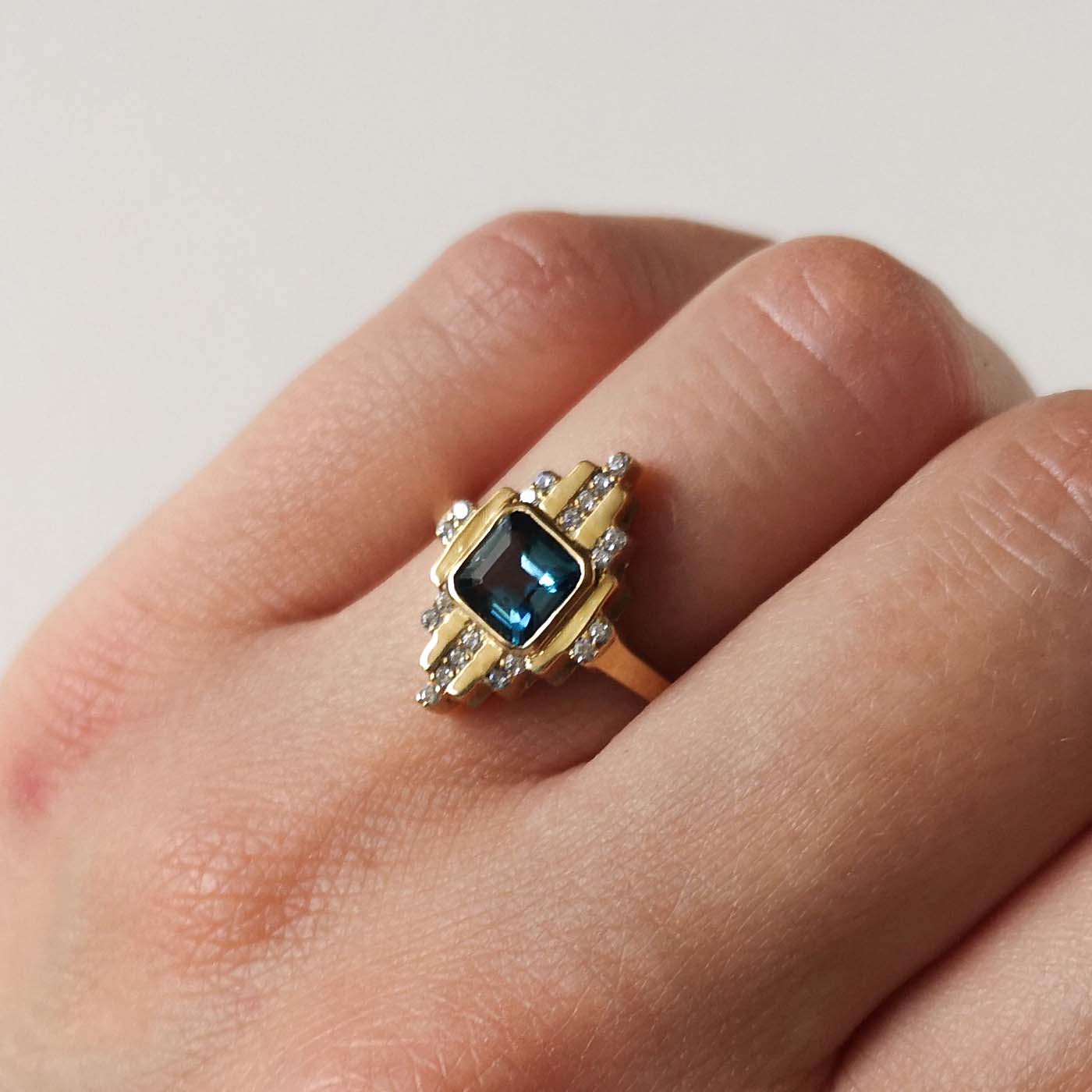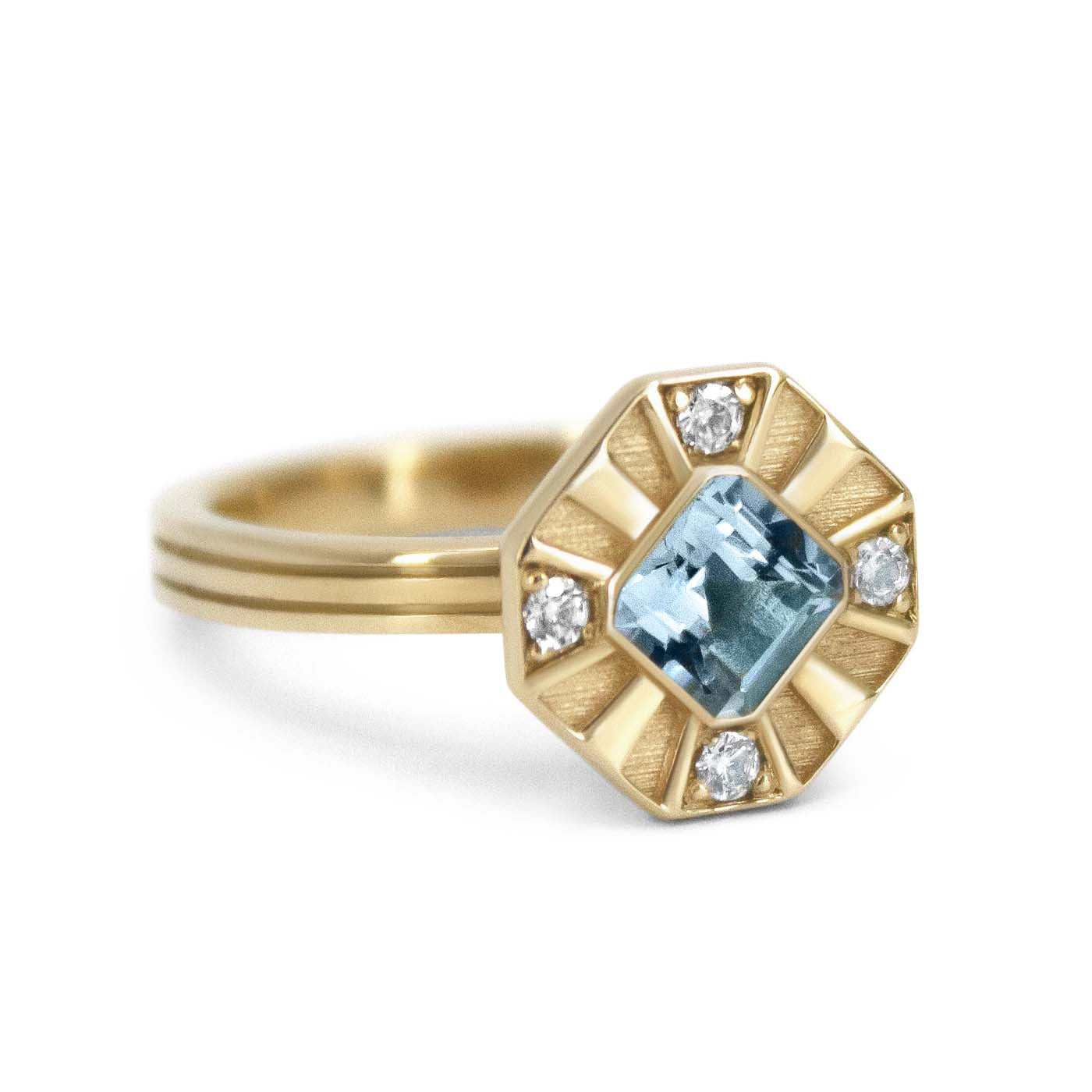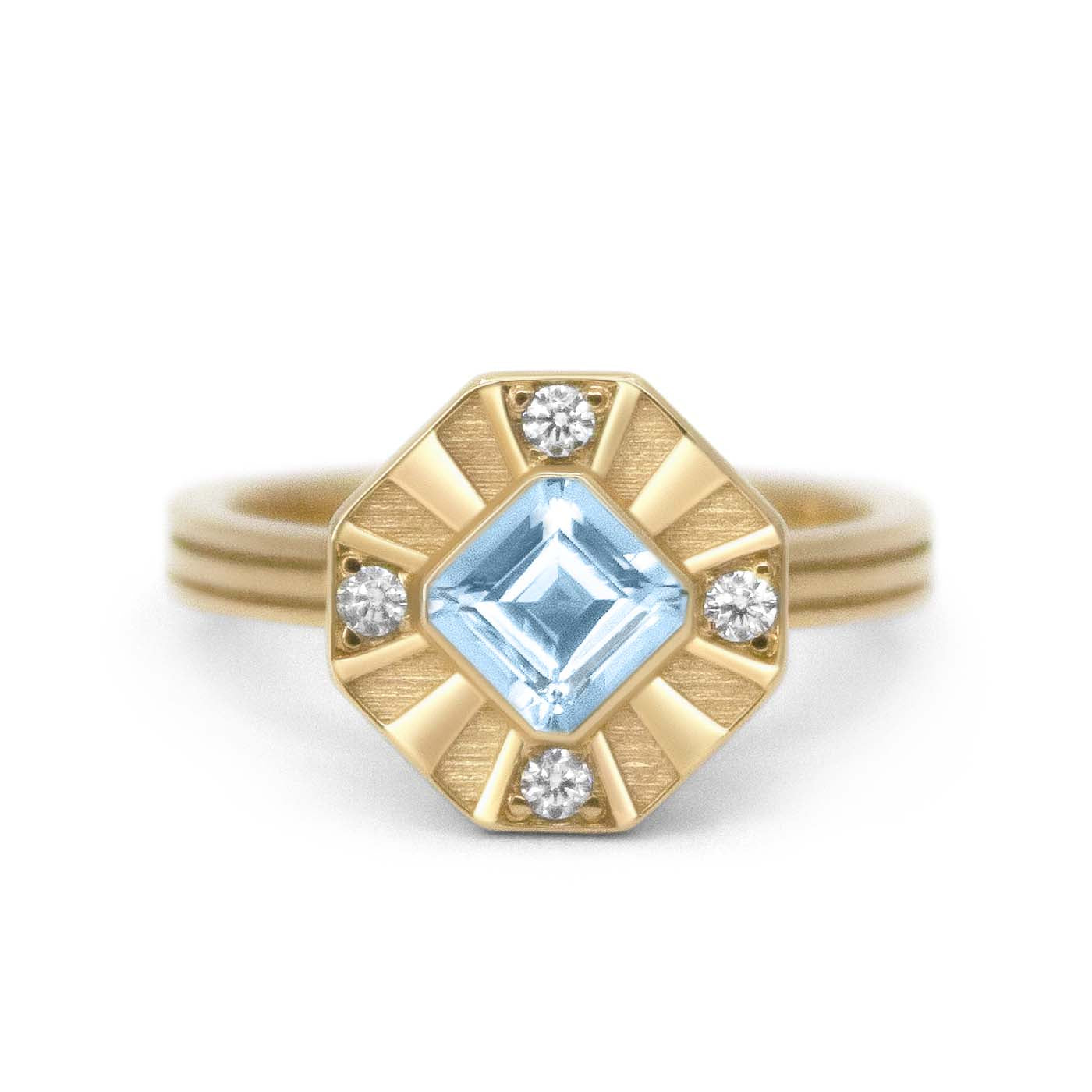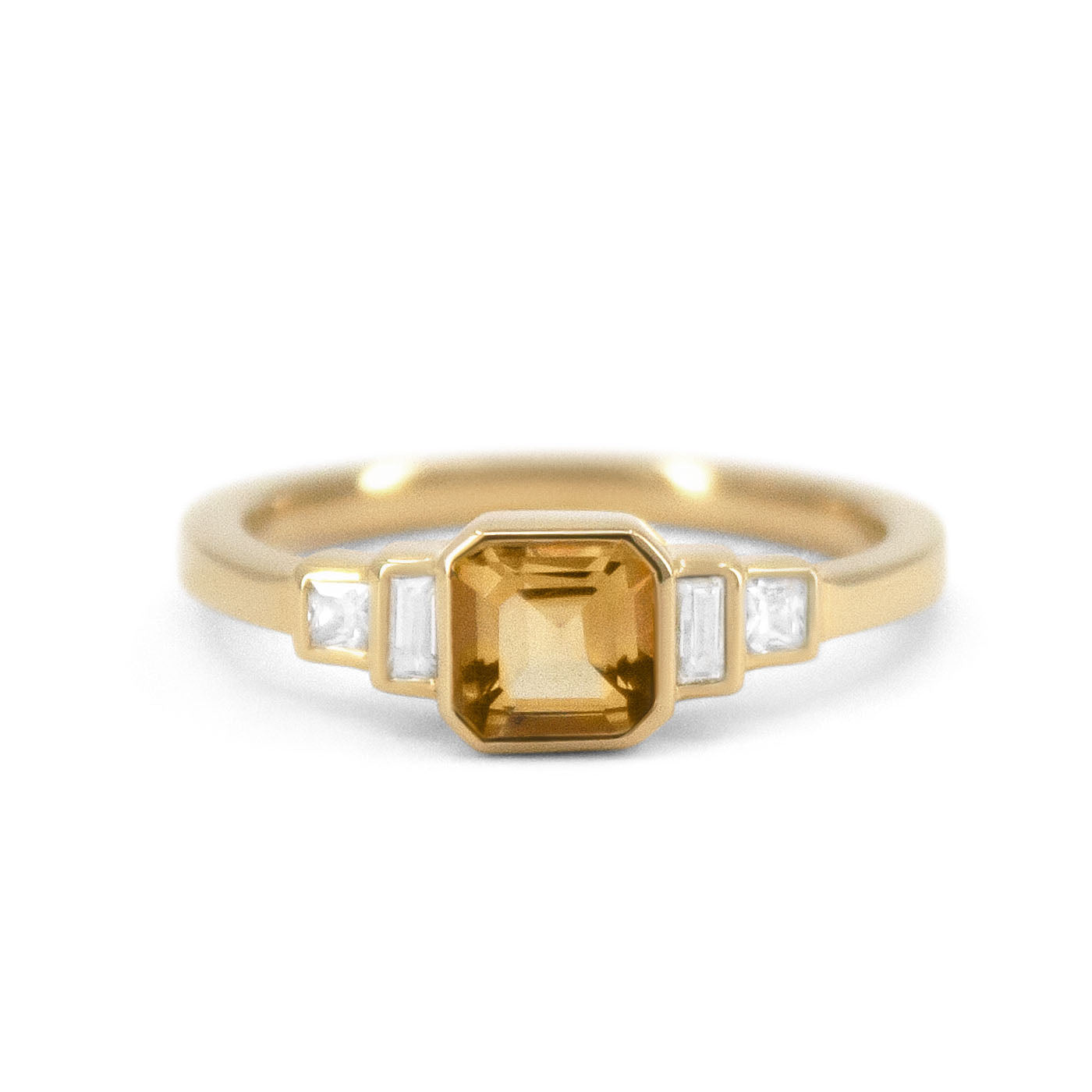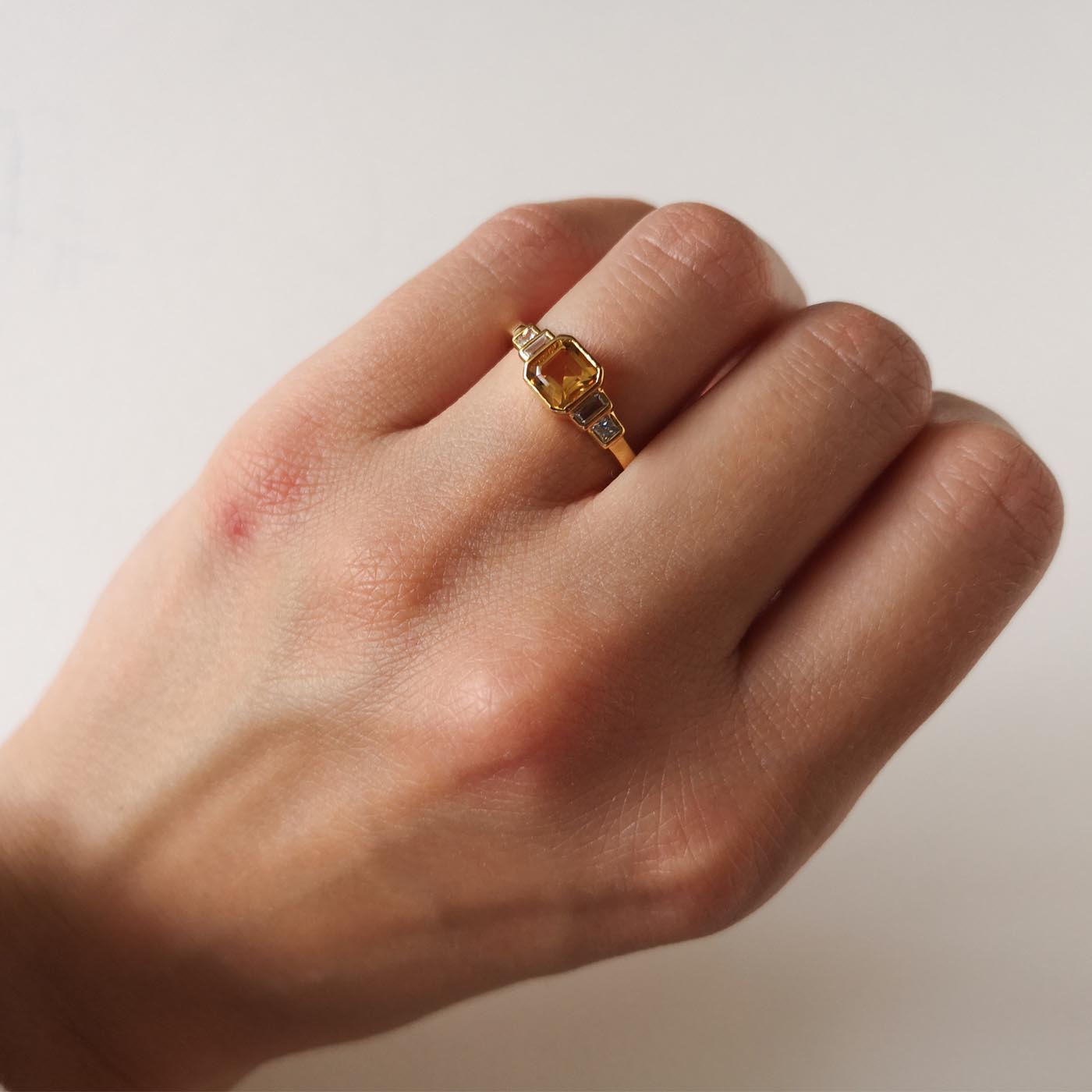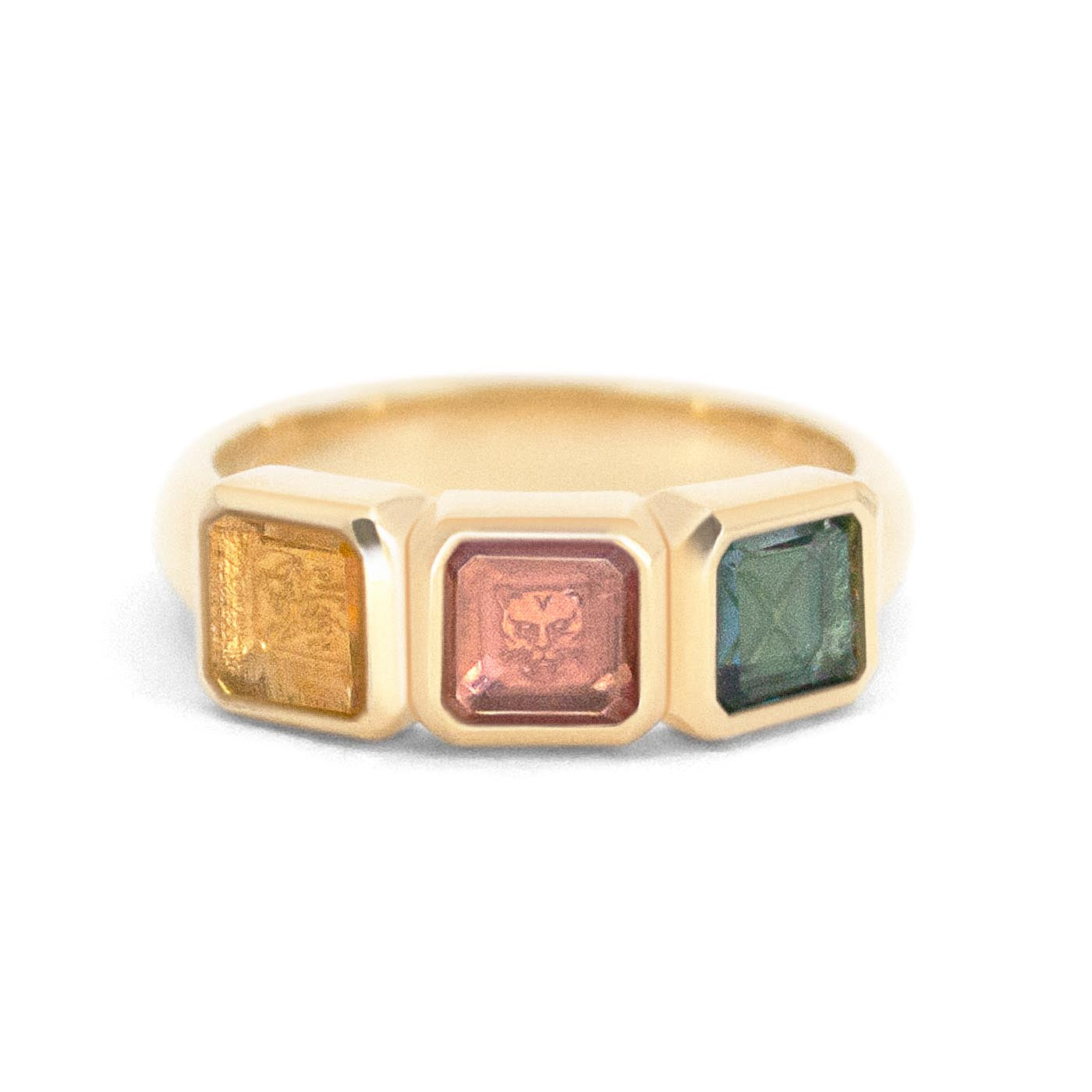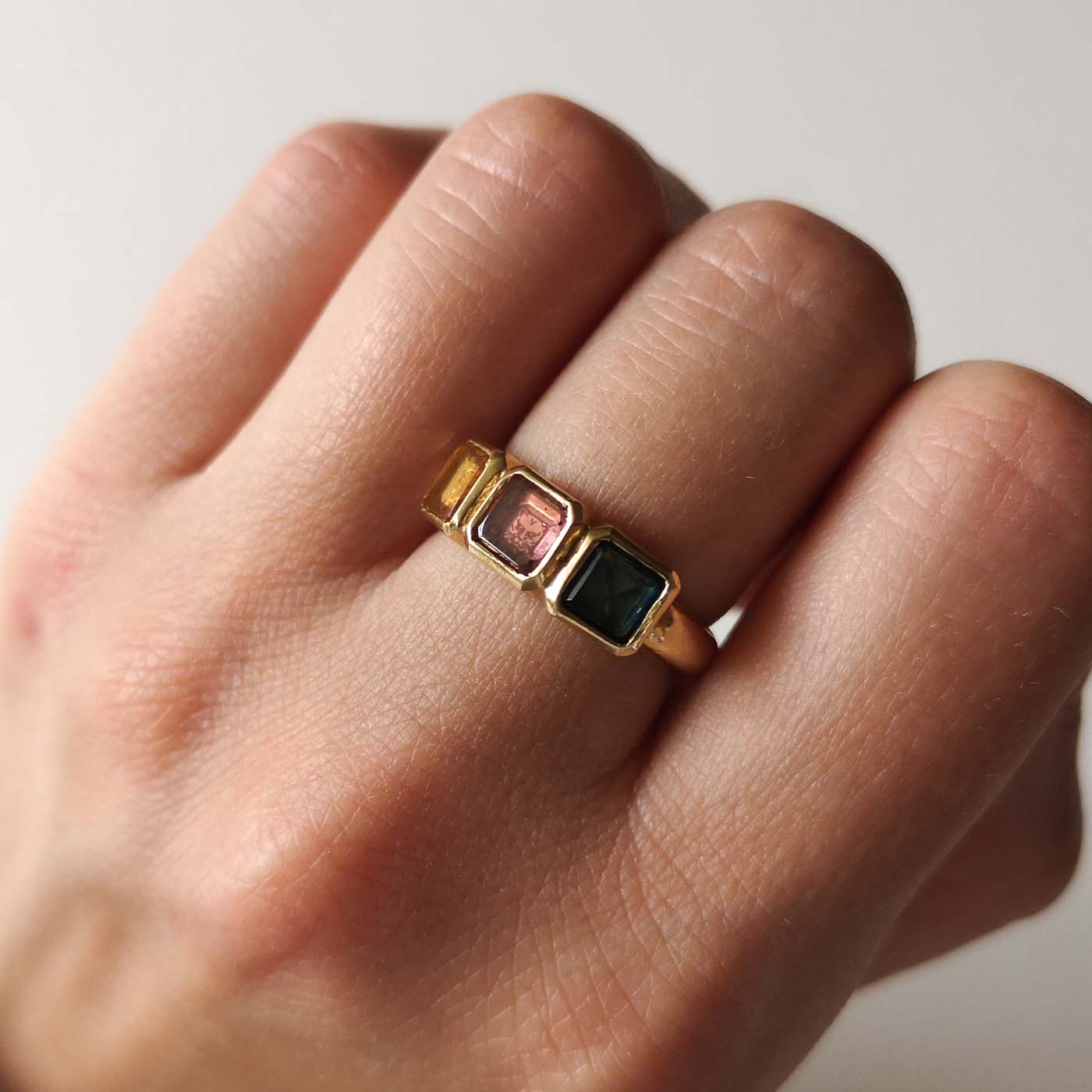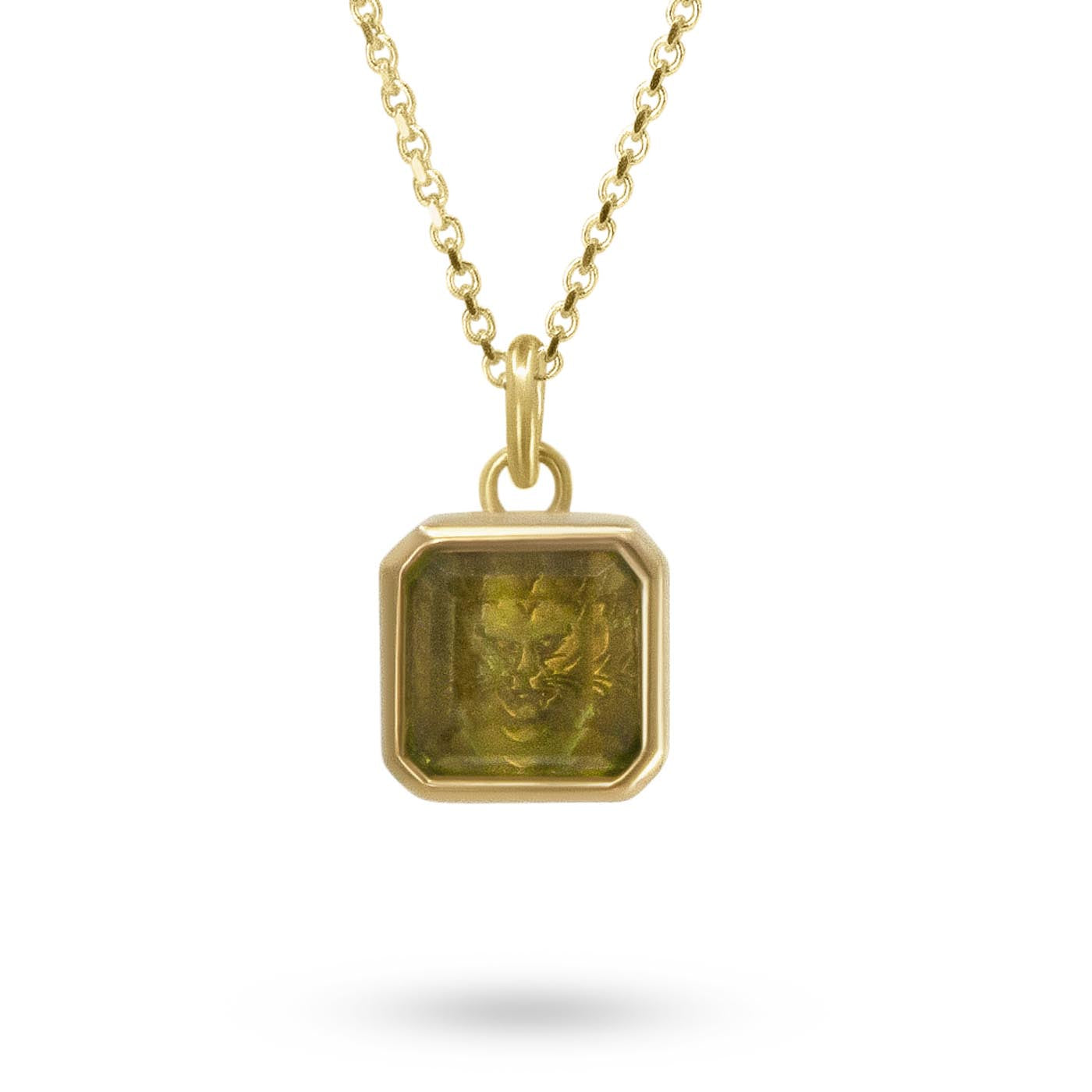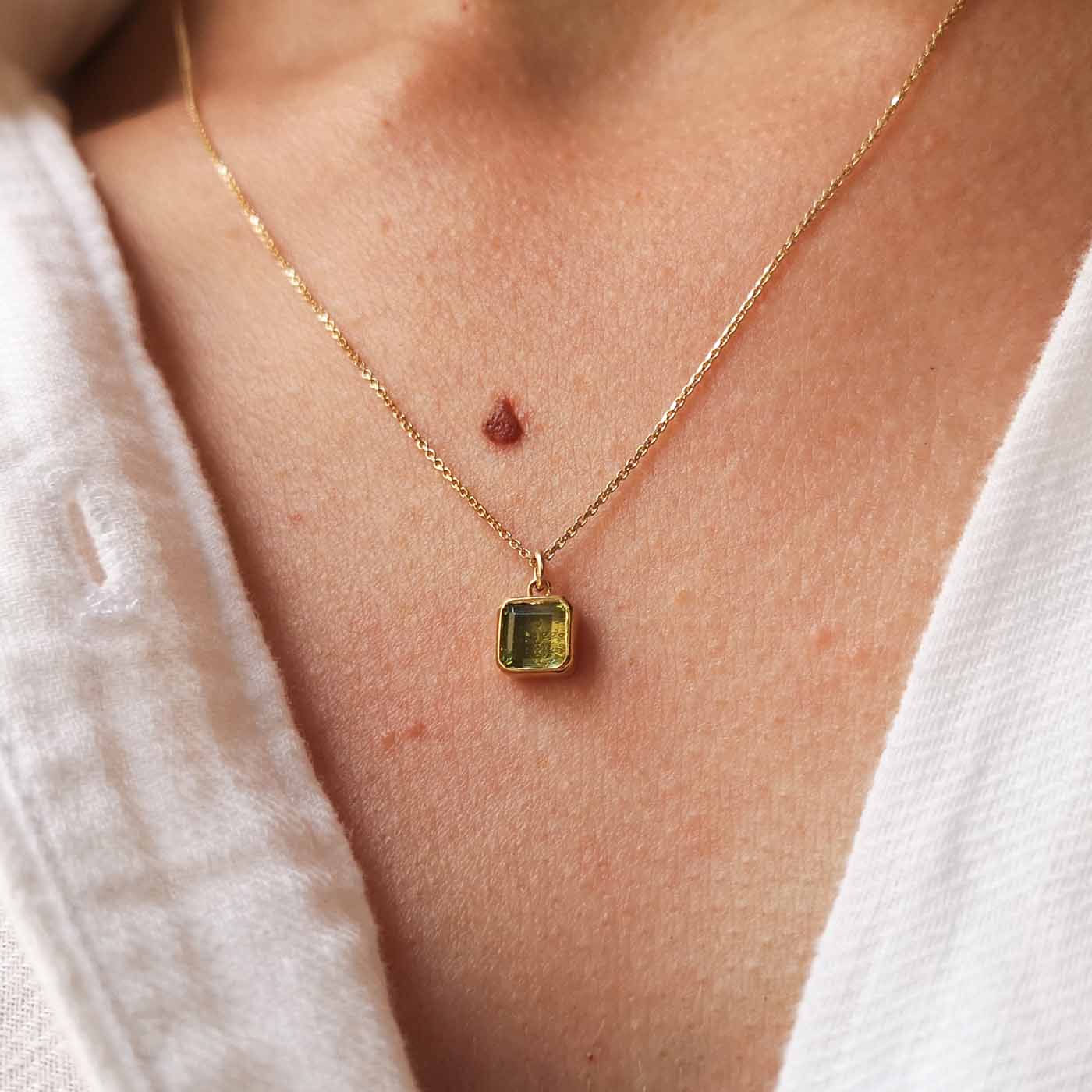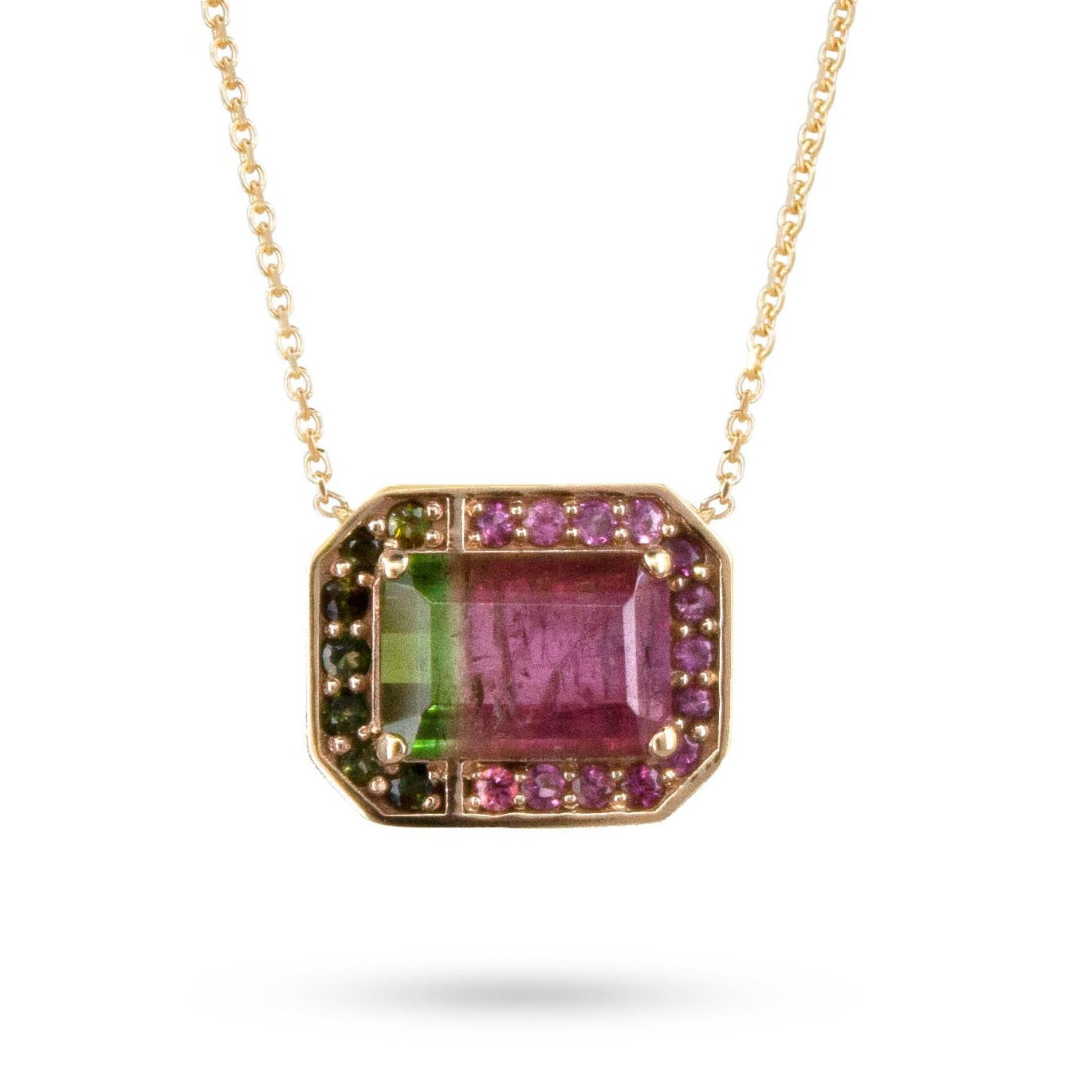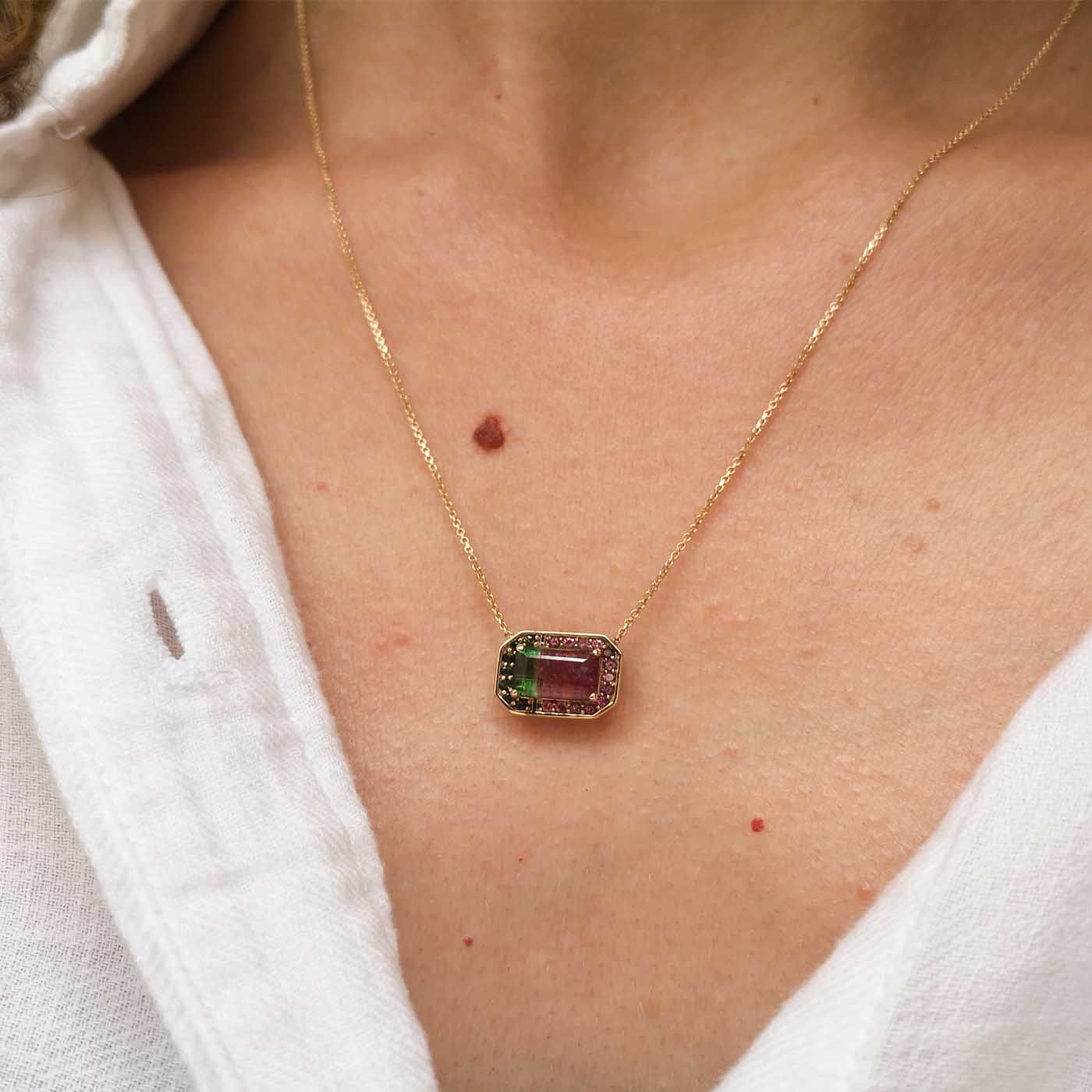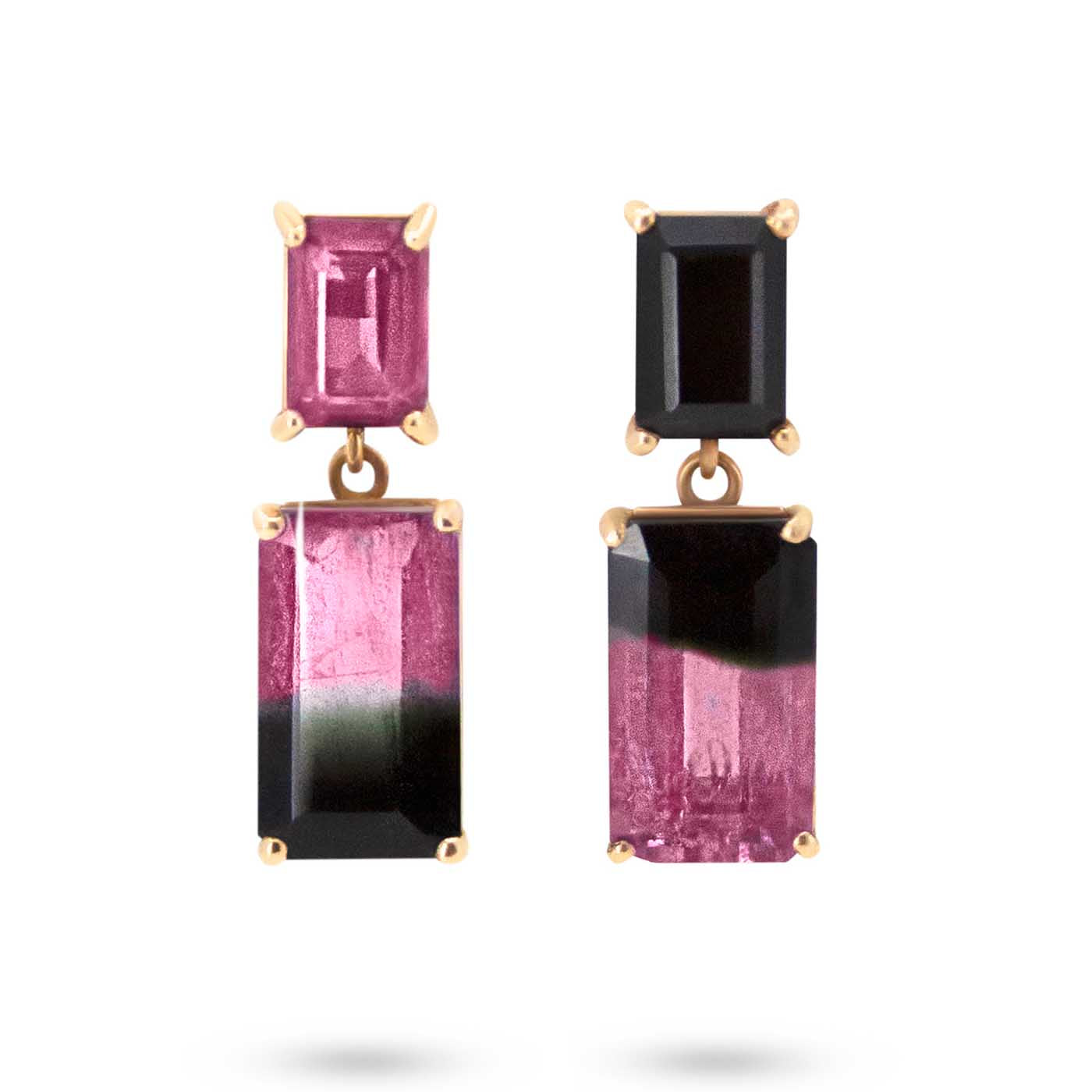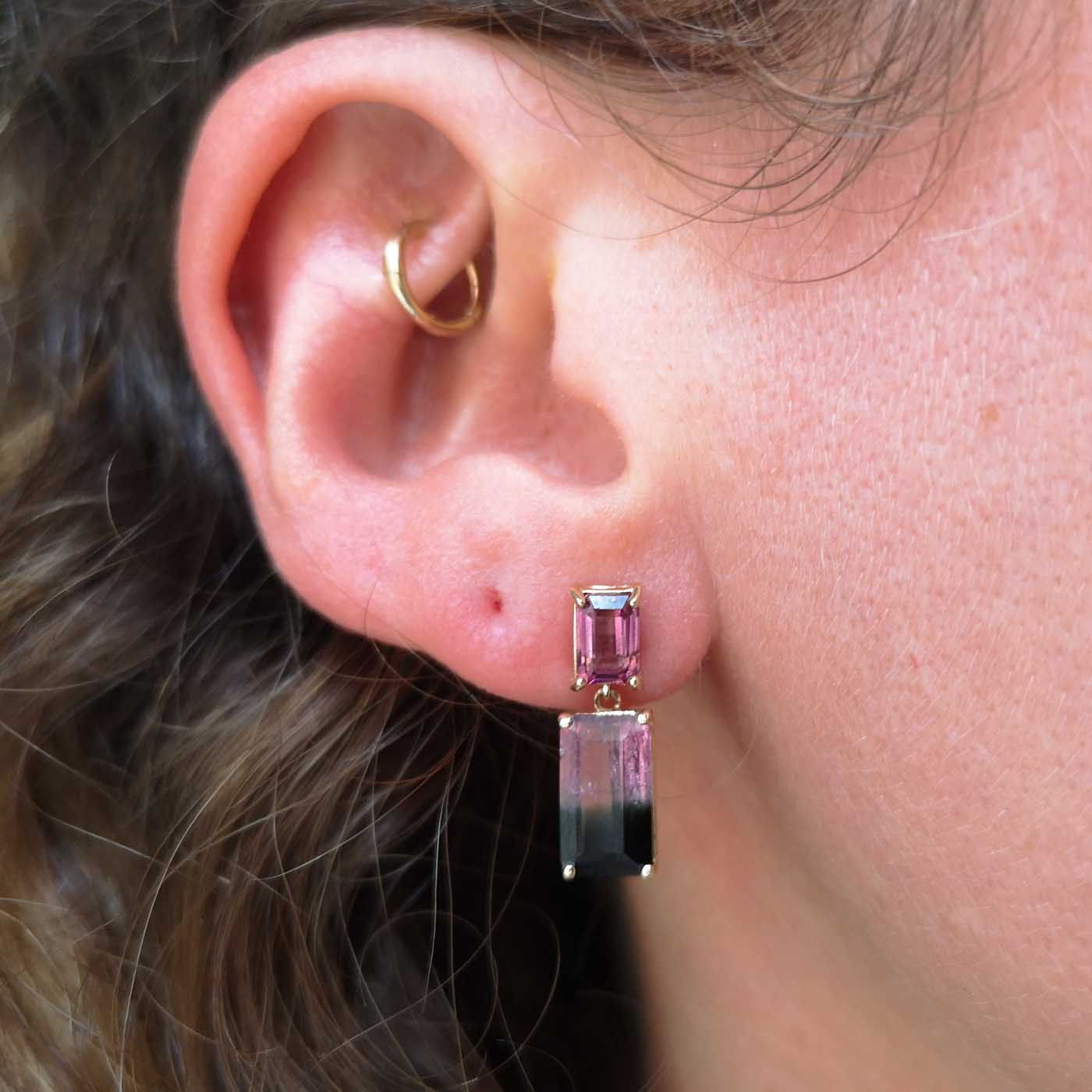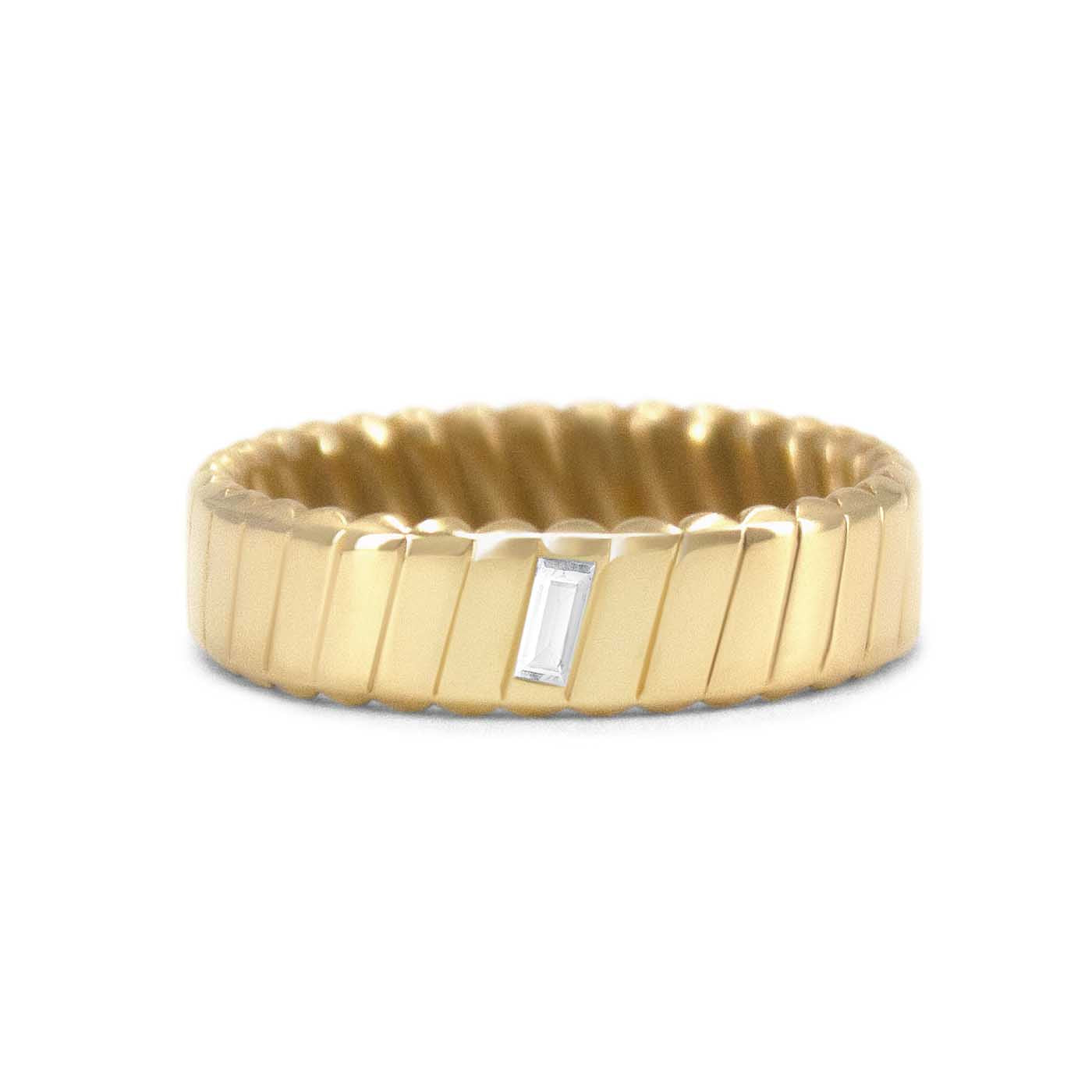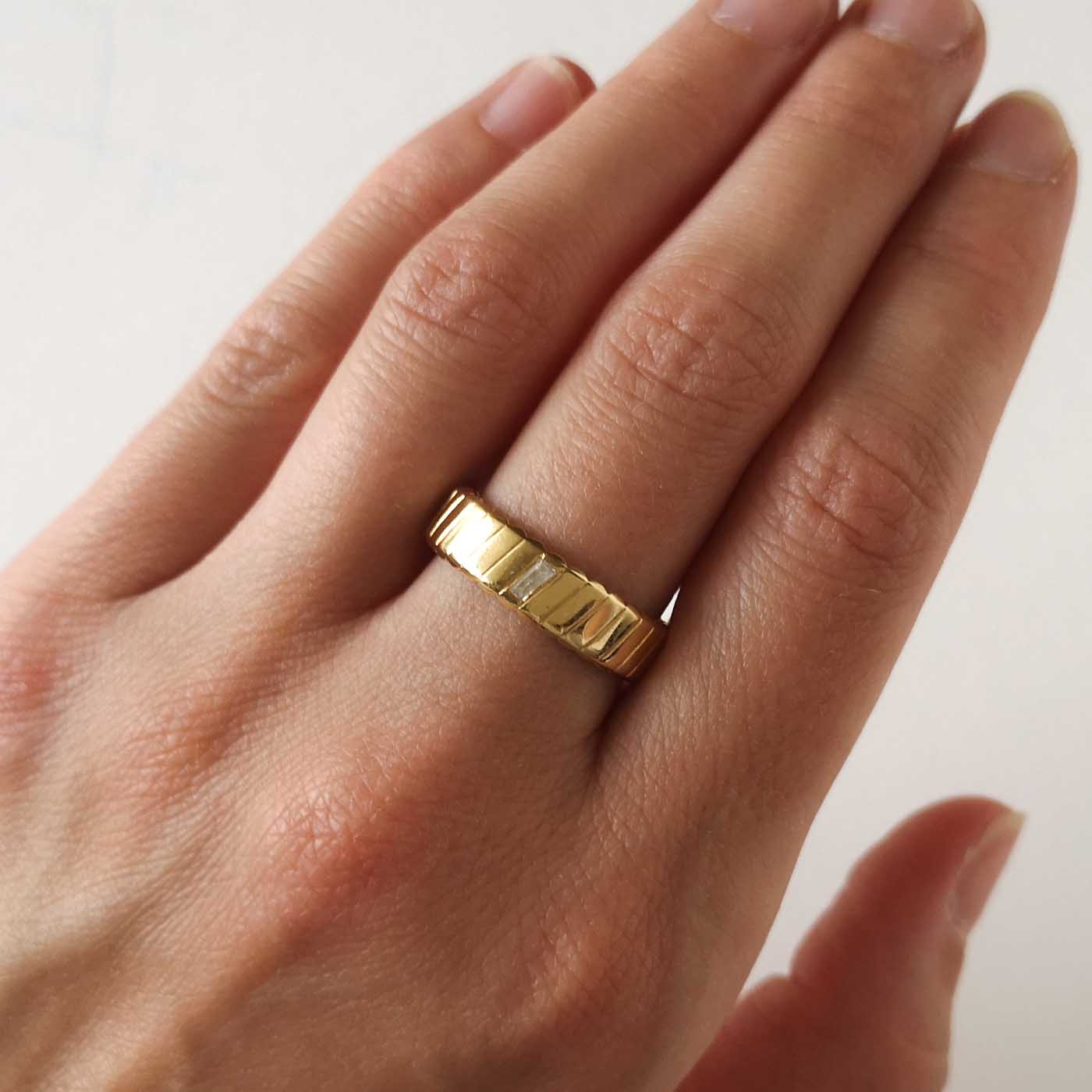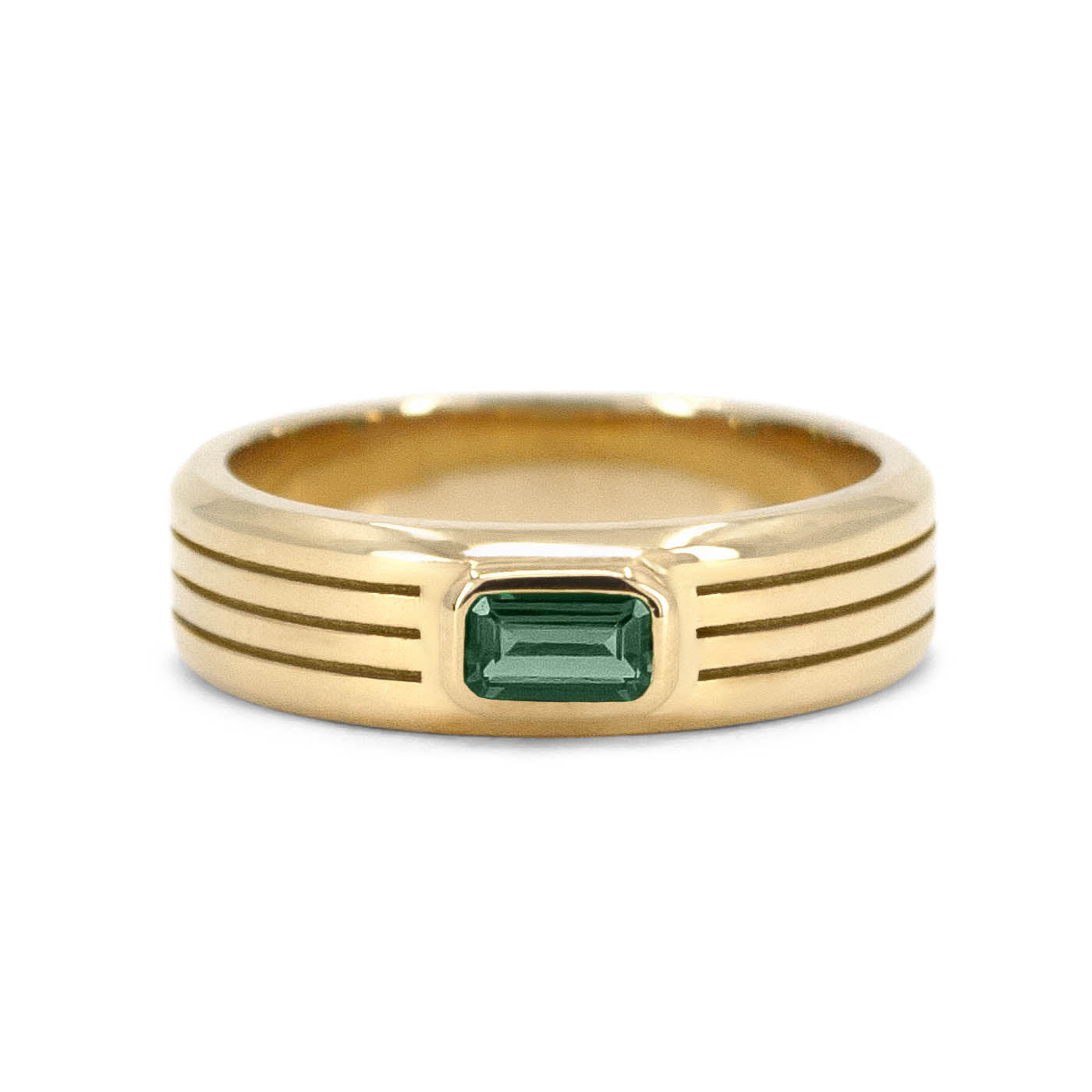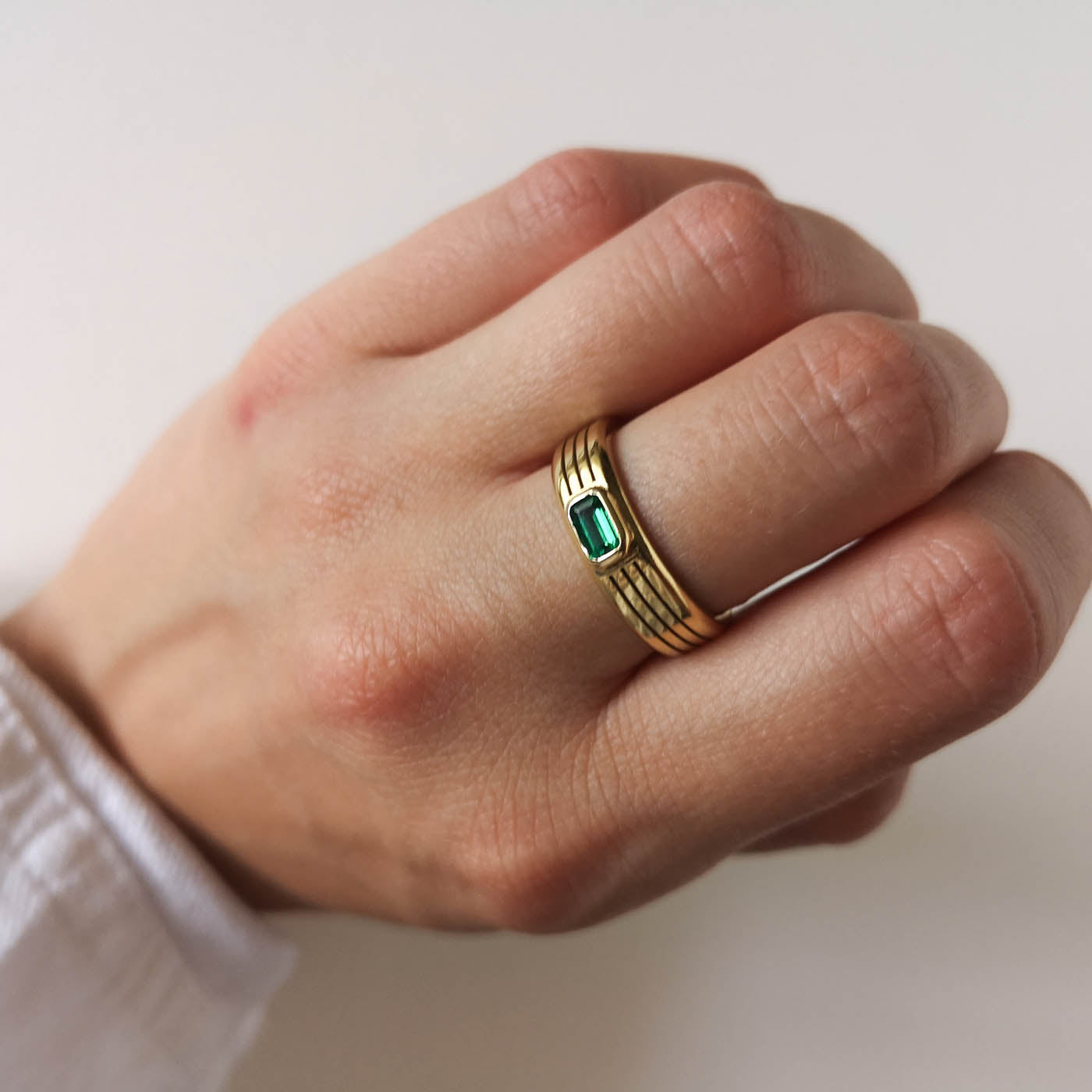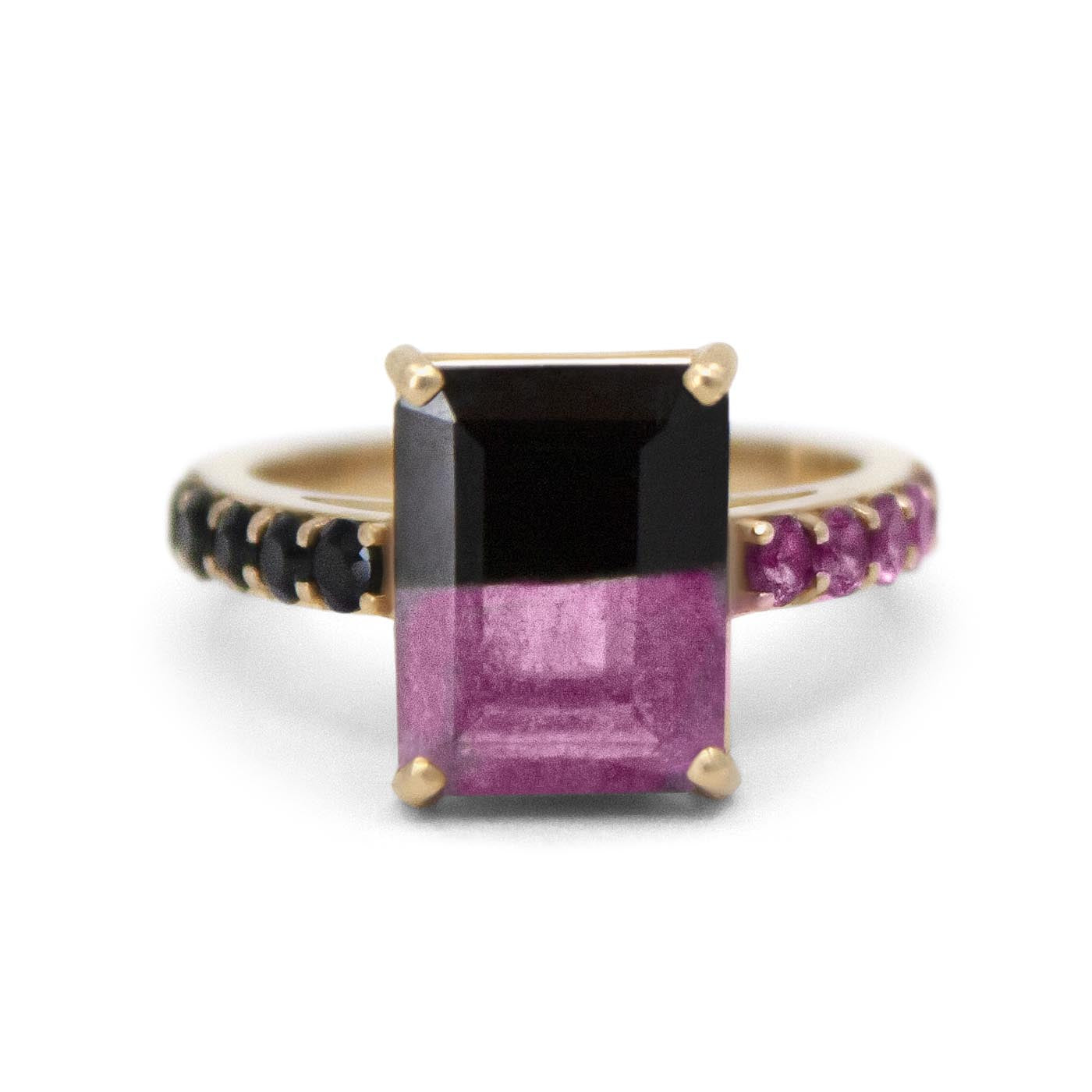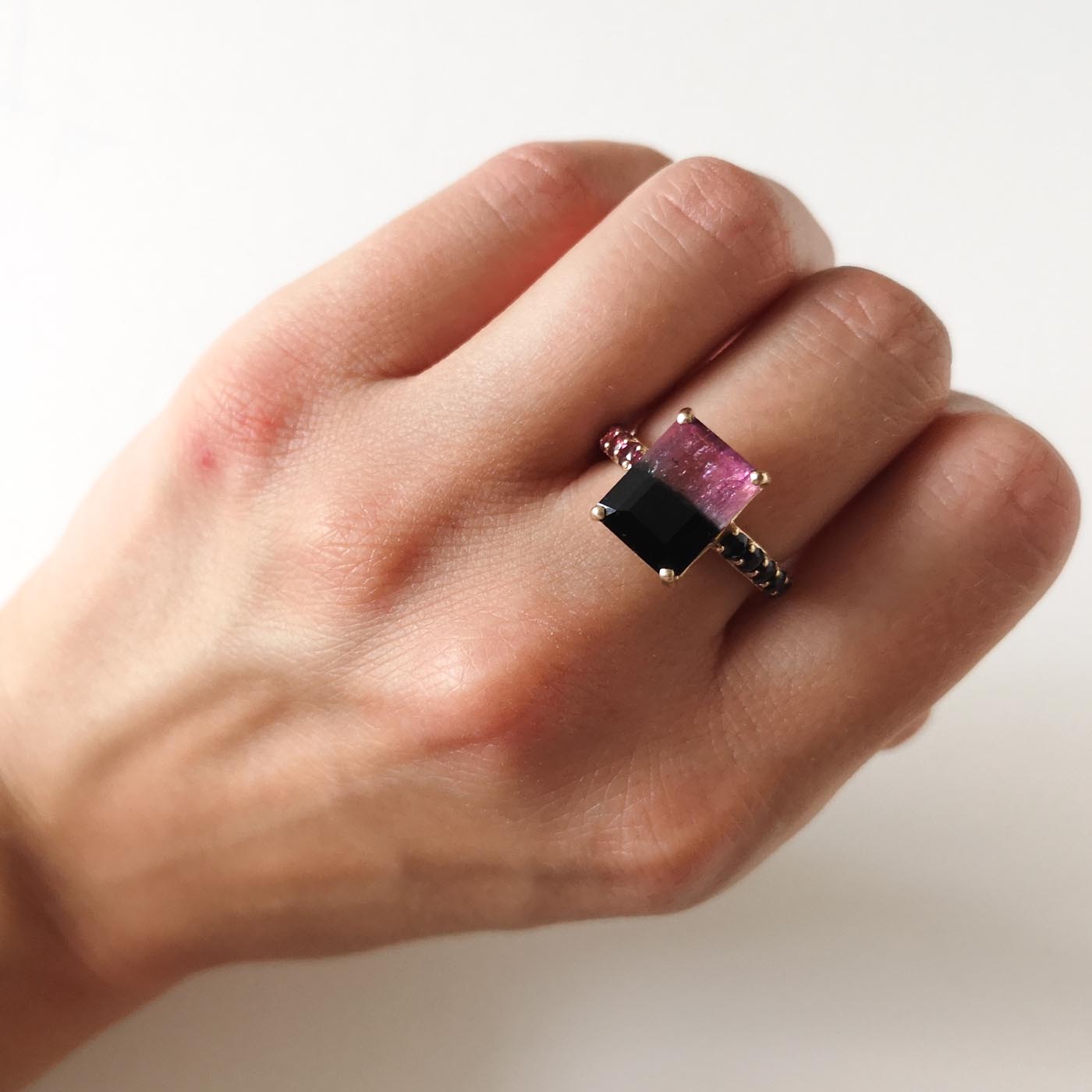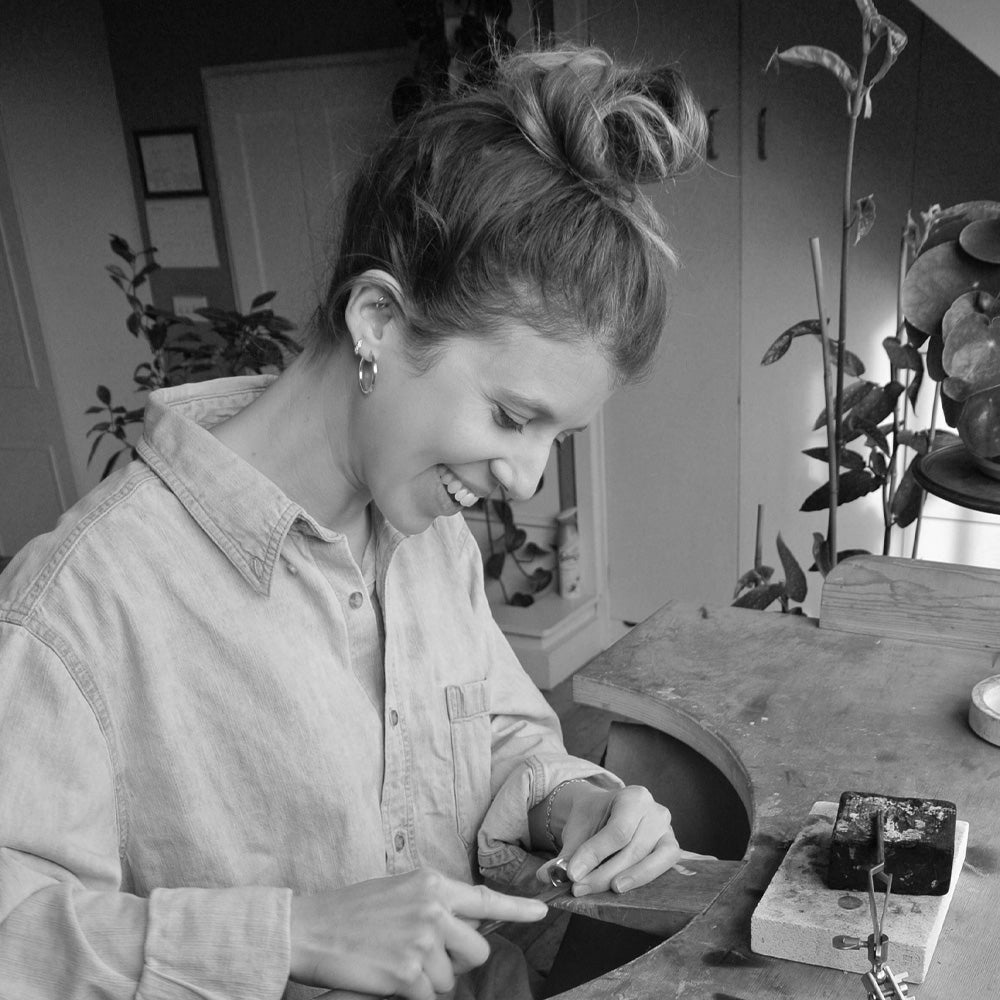
Genevieve Schwartz
Genevieve Schwartz is an award-winning jewellery designer-maker living in North London. Her formal career in jewellery began through extensive training as a silversmith and jewellery designer in Hatton Garden, but her interest in creating handmade objects has existed since she was a child.
Growing up with her mother who is an artist, Genevieve has always been drawn to creative pursuits and had an interest in art, which led her to complete a degree in art history. This course provided her with a foundation which continues to inspire her jewellery pieces daily; from the bright and bold colours of Henri Matisse’s paper cuts to the clean and repeated lines of the Art Deco movement.
After five years as an in-house designer for British jewellery brand Astley Clarke, Genevieve started her own eponymous brand at the beginning of 2021. Her collections utilise strong colour relationships to comment on human relationships, between people and the places around them.
Genevieve Schwartz’s Watermelon Sugar Collection explores how our relationships have been shaped and changed by the pandemic. Being separated from the people and places we care about has left us longing for ways to reconnect.
Genevieve believes that jewellery, steeped in a history of symbolic traditions, has played a major role in this process. People have turned to wearable objects to express how they feel and what they care about. The increase in demand for engagement jewellery is evidence of this and led to the development of her collection of men’s and women’s engagement rings.
Equally her Golden Future rings, which won her a bronze award in the Goldsmiths’ Craft and Design competition in 2021, are rooted in personal identity. Seen here with the London hallmarks, these rings are fully customisable and offer her customers an opportunity to commemorate the people, places, and personal characteristics they value most. Her Watermelon Sugar ring, earrings and necklace are a direct commentary on how our differences attract and bring us together. These bicolour stones contain two complimentary colours from opposite sides of the colour wheel, which harmonise through their opposition.
Free shipping
All orders above £100 will be delivered for free in the UK.

